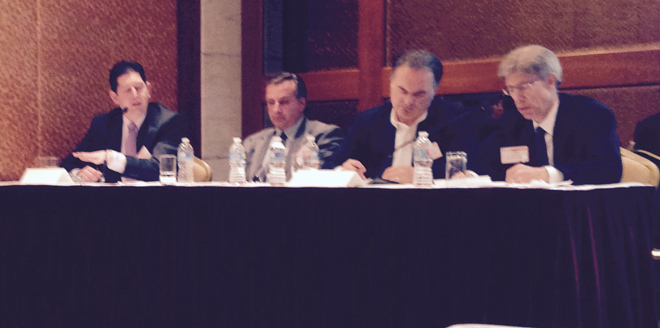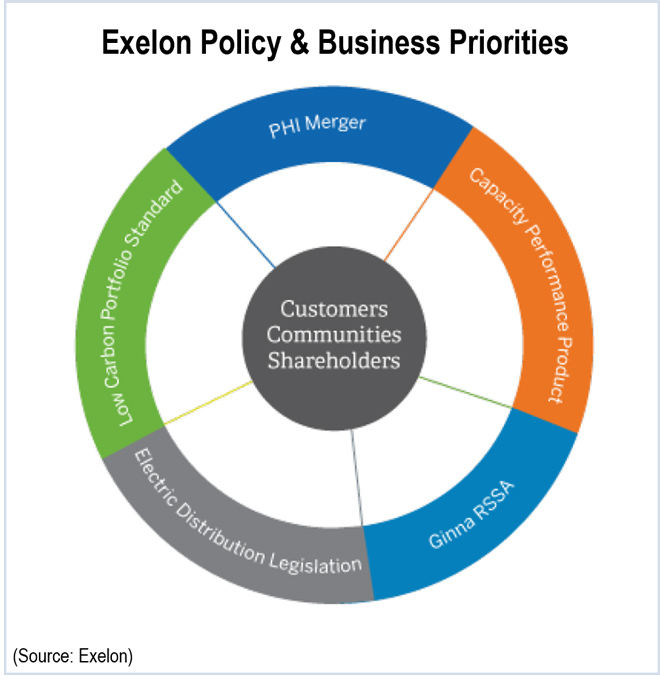By William Opalka
NYISO can force idled generators to allow use of their interconnections for reliability purposes, the Federal Energy Regulatory Commission ruled last week, saying that such actions do not constitute an unconstitutional “taking” under the Fifth Amendment.
The commission approved most of the tariff revisions NYISO proposed in its July 2014 filing, which was intended to clarify its rules regarding generator outage states (ER14-2518).
“We find that NYISO’s proposed tariff provisions concerning the termination of existing interconnection agreements and the requirement that a generator’s interconnection points can be temporarily used by the transmission owner during an outage do not constitute takings under the Fifth Amendment to the U.S. Constitution and, therefore, do not require ‘just compensation’ to affected generators,” FERC wrote.
The proposal defines generator outage states, including how long they may remain in them and their eligibility to participate in the capacity market. NYISO said the changes will incentivize generators to make repairs quickly and return units to the market, and provide grid operators more certainty when planning system reinforcements and expansions.
The ISO’s proposal would allow it to terminate a generator’s eligibility to participate in the installed capacity market after six months in a forced outage if repairs have not been started.
It also defined a “mothball outage,” referring to units voluntarily removed from service for reasons not related to equipment failure; they are also ineligible to participate in the ICAP market.
“We find that, in general, NYISO’s proposal to formally define various outage states, with related changes, will help increase predictability and transparency, and help ensure that the only units participating in the ICAP market are those that reasonably expect to be able to provide capacity during the delivery period,” the commission said. “We note that, although protesting parties take issue with various aspects of the proposal, they acknowledge that NYISO’s proposal is, in large part, beneficial to NYISO’s markets.”
The Independent Power Producers of New York challenged the proposal, saying it would interfere with contractual rights they had negotiated with transmission owners. While the group supported the six-month rule for participating in the ICAP market, it said FERC should reject a requirement that generators on outage respond to reliability needs by returning to service or making their interconnection points available.
The commission, however, said that the rule “will help resolve imminent reliability issues.”
Cost Provision Rejected
However, the commission rejected NYISO’s proposal that generators that fail to return to service in the time required pay costs incurred to install an alternative reliability solution.
IPPNY argued that the proposal would unfairly overcharge generators. It asked the commission to order a requirement that a generator pay the difference between the cost of the reliability solution and the amount customers would have paid if the generator had returned to service on time.
The commission said it recognized that a penalty structure may be appropriate to ensure generators return to service quickly.
But it said that “imposing the full cost of the alternative reliability solution on the generator is not just and reasonable because NYISO has not demonstrated that requiring a generator to pay the full cost provides a reasonable penalty for a generator not returning to service on the agreed upon date.” The commission urged the ISO to work with stakeholders on an alternate proposal.
The order is effective May 1, subject to a compliance filing NYISO must make within 30 days.







